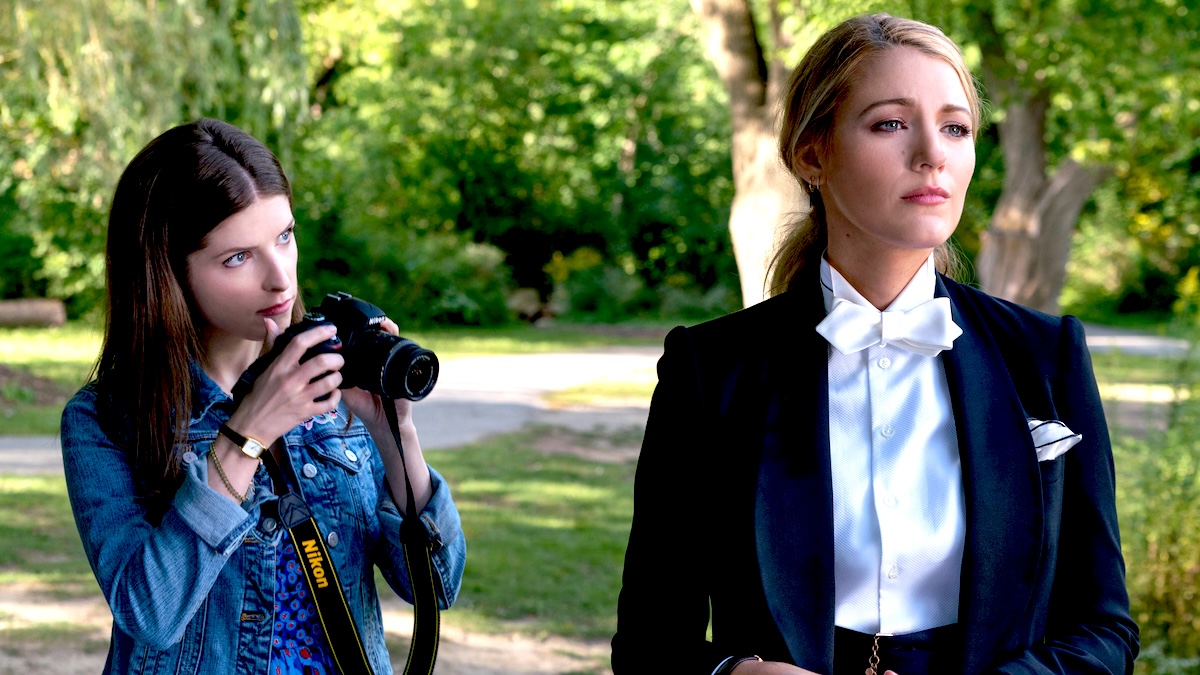We’ve been keeping an eye on an important documentary film called Birthright: A War Story, which has finally opened this weekend. Birthright traces the current deterioration of women’s reproductive rights across the United States to 2010, a banner year for the exertion of Tea Party control and the slow but steady erosion of hard-won reproductive freedoms. It also makes the powerful case that this erosion isn’t just about abortion.
I had the chance to speak with Birthright‘s writer/director/co-Executive producer Civia Tamarkin and its co-Executive producer/writer Luchina Fisher about the film, as well as how the implications of the laws discussed go way beyond abortion.
It was the Hobby Lobby decision back in 2014, in which the Supreme Court ruled that employers could deny employees insurance coverage for contraception based on their own religious beliefs, that was the impetus for the film. “I’m a member of the generation that marched for Roe v Wade,” Tamarkin says. “And when the Hobby Lobby decision came down, I was shell-shocked and outraged to see that we were reverting backwards.”
She continues, “I was determined to figure out how does this happen? I wanted to try to connect the dots, and I began to speak with young women—college students, women in their late 20s, 30s, 40s—who had no idea what was happening, who were not aware of the implications. They just assumed they’re sexually active, they’d always had access to contraceptives and certainly to abortion if they decided to go that route. People were not seeing what was happening, because no one was connecting the dots.”
She then contacted Fisher, with whom she worked on a documentary on the rollback of Title IX, to be her partner in making this film.
Fisher picks up the conversation, “It was about looking at what has been happening in states across the country, particularly since 2010. We thought it was important to show the history and give a context to people who don’t know, but also to really understand how we got to this point.”
They completed the film in September of 2016. Once the 2016 election happened, they were amazed by how accurate they were in predicting where we were headed, though Tamarkin stresses that they were “not prescient.” They simply did investigative journalism and followed the movement to see what was happening. She says that if Clinton had won the election, we’d likely be in the same spot, because this was a grassroots movement organizing over time. Even if Clinton were President, there are still 33 Republican governors in the country. The Tea Party/anti-abortion movement would’ve still worked from the bottom up. It’s just that now, with Trump as President, it has the freedom to work from the top down.
Tamarkin talks their investigation: “It became clear that there was an extensive network out there. There’s the Alliance Defending Freedom. There’s a phalanx of thousands of lawyers that are determined to come forward and challenge not just pro-choice legislation, but very much opposed to LGBT legislation as well. So, once we hit upon that organization and saw hat they were doing, we began to realize the outgrowth in states, and how everything had crystallized since 2010.”
Birthright features interviews with both the women all over the country affected by these state laws that limit their reproductive rights, as well as conservative strategists and politicians. When approaching the conservative participants, Tamarkin says they were told that she and Fisher were doing a documentary that traced the evolution, strategy, and impact of their movement. Though some declined to speak with the filmmakers, most were proud and a number were willing to talk to them.
“They feel they’re winning. They feel they have the upper hand,” Fisher says. “Contrast that with the trouble we had in getting people who were victims of the various laws to come forward and share their stories, or the doctors treating them, because there’s so much stigma around this issue. So many have been victimized in their own communities, and were just afraid to come forward. That was the real challenge.”
The filmmakers did get a really great cross-section of women in this country to talk to them. The film represents entire country, “not just red states or blue states,” but women of a variety of races, socioeconomic backgrounds and faiths, showing how pervasive this attack on women is.
For example, Birthright opens with the story of Danielle and Robb Deaver who were happily awaiting the birth of their second child when Danielle was suddenly giving birth prematurely. When she went to the hospital and they checked on the baby, it was clear that without the amniotic fluid that had burst from her, the baby’s lungs wouldn’t fully develop, and would die immediately after being born.
The Deavers wanted to induce labor so that they could say goodbye to their baby girl, but thanks to a “Fetal Pain Bill” that had passed in the Nebraska legislature, they couldn’t induce, because it would count as “an elective abortion.” Nebraska doesn’t see the difference between inducing a child that will not survive and terminating a pregnancy in the womb. It’s all the same to this movement.
“The Deavers were expecting a child that they very much wanted,” Fisher explains. “And they were willing to do whatever they could to save that pregnancy, but when it became clear that it was no longer going to be viable, and they needed to figure out how to say goodbye to their child.”
What ended up happening is that Danielle was told that inducing labor at this point was illegal, and she was forced to wait until either the child died inside her, or wait until the baby was born on its own. The waiting caused an infection in Danielle and she got really sick. Seven years later, she and her husband have yet to conceive again, which may have been caused by her infection.
Which is why Tamarkin and Fisher didn’t want to do a story aimed only at women who want abortion legalized. They wanted to show how all women, regardless of political leanings or personal feelings about abortion “could become swept up and victimized by this movement.”
Tamarkin explains, “The issue is not abortion. We had to move way beyond abortion. The notion of a woman’s bodily autonomy, integrity, and right to medical decisionmaking had become lost in the vociferous debate over ‘choice.’ Looking back with hindsight, the word ‘choice’ seems to have caused a misconception about what is at stake here. ‘Choice’ has a rather cavalier connotation, because people bandy the word about so often in the course of daily life. So, the issue of abortion has become the focal point, when in fact it’s a much broader healthcare issue that is at stake here, and we see that underscored by the Republican proposal on health care.”
As we know, that “health care proposal” affects funding for women’s health centers like Planned Parenthood, cutbacks in Medicaid, cutting of pre-natal care and maternity care by insurance companies, making cesareans a pre-existing condition, and loads of other “fun” things. It’s true that it’s not just about abortion. It’s about reproductive health, reproductive justice, and human rights for women.
“Our premise here,” Tamarkin says. “was to do a film that shows how the states and the courts increasingly are determining whether or not, where, and how women give birth.”
If you’d like more information on the film, or want resources that will help you take action against the erosion of women’s rights in the U.S, visit the Birthright website. They offer lots of information on the fight, and how to take it to your elected representatives.
And, of course, you should also check out the film, which opened this weekend and is touring with limited engagements across the country. Find a screening near you!
(image: Abramorama)
Want more stories like this? Become a subscriber and support the site!
—The Mary Sue has a strict comment policy that forbids, but is not limited to, personal insults toward anyone, hate speech, and trolling.—









Published: Jul 17, 2017 06:07 pm